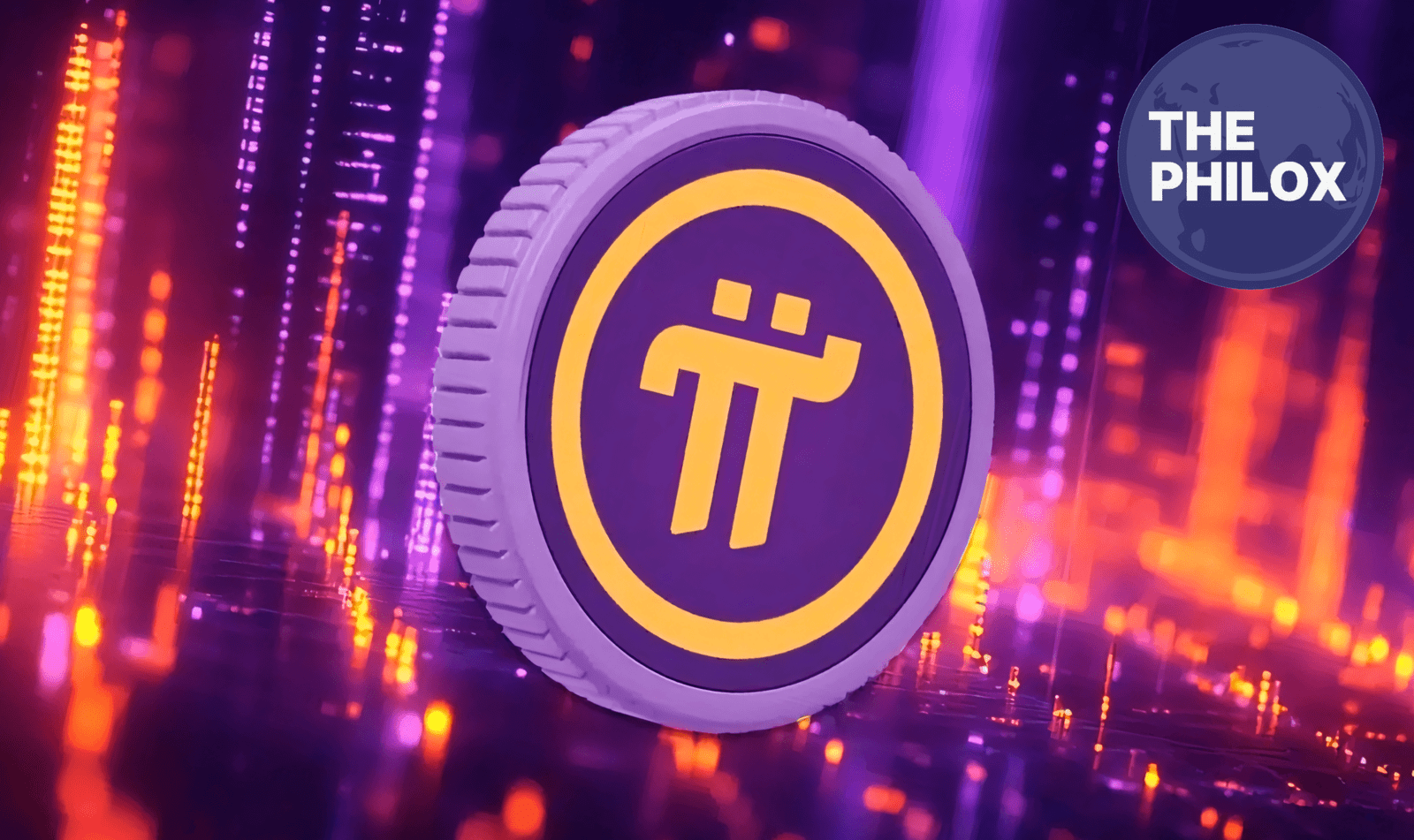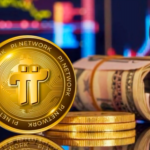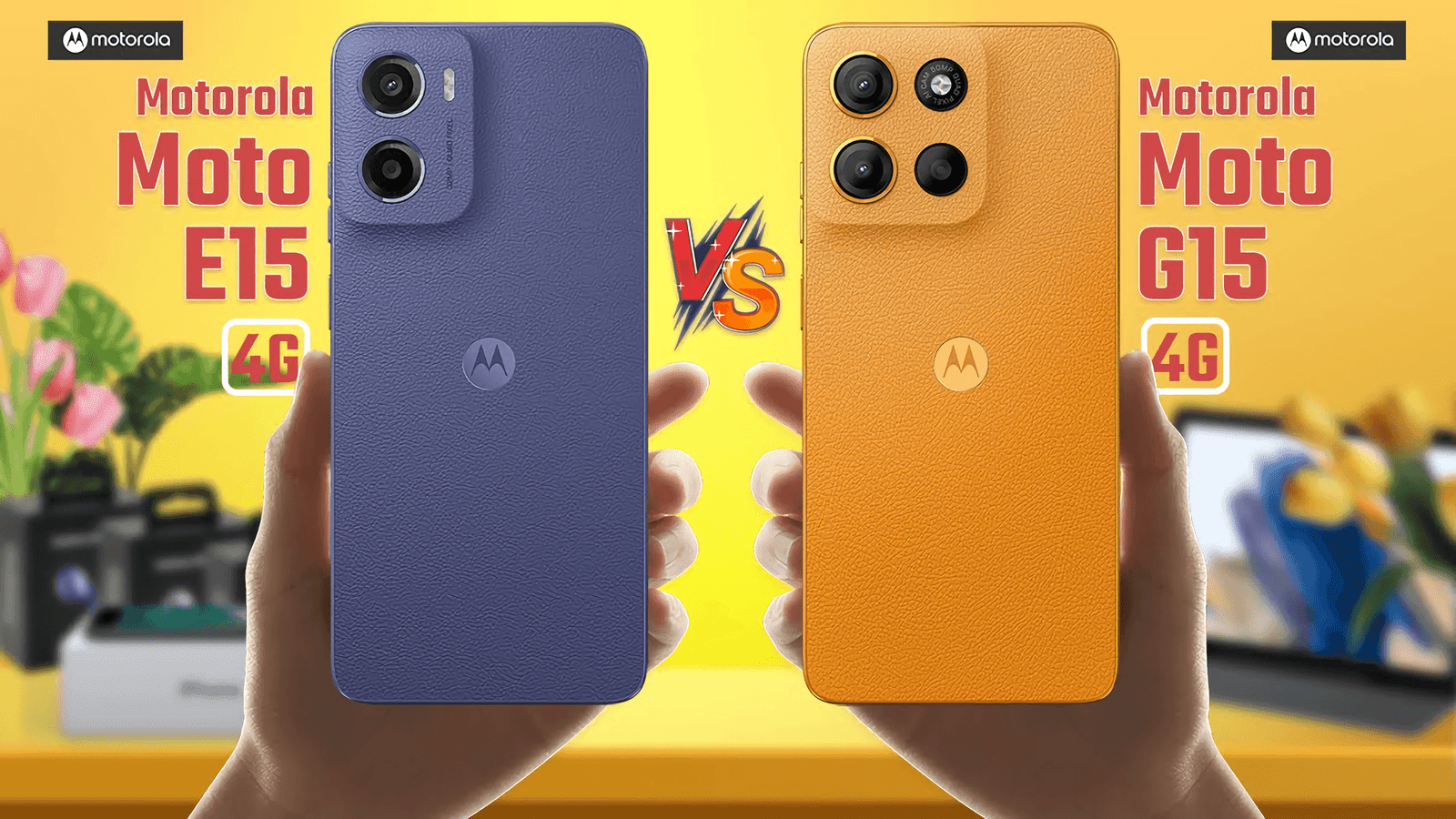In the realm of cryptocurrencies, security of distributed networks depends much on mining. But Pi Coin, a 2019 initiative started by a group of Stanford PhDs, has persuaded millions of people that they can mine crypto just by daily button clicking on a mobile app, without needing costly hardware.
Pi Network claims over 50 million subscribers as of February 2025; nonetheless, its closed mainnet makes its token not openly trading on most exchanges.
Pi Network offers itself as a breakthrough approach for regular users to mine crypto, however its approach begs major concerns over what “mining” really entails.
This post dissectes true mining, why Pi Coin’s method isn’t mining, and how it takes advantage of consumers’ misperceptions of blockchain technology.
How Real Crypto Mining operates?
Unlike clicking a button, mining cryptocurrencies is not easy. To validate transactions and protect the blockchain, it entails intricate mathematical computations requiring massive processing capability.
1. Backbone of True Mining: Proof of Work
Proof of Work (PoW) is the method used in traditional mining whereby miners solve cryptographic problems using either specialized ASIC processors or strong graphics cards ( GPUs).
For instance, miners of Bitcoin require equipment able of computing at 150 terahashes per second (TH/s), as their mining difficulty is so great.
The entire network hashrate of Bitcoin by 2025 is estimated to be 200 exahashes per second (EH/s)—an unthinkable computational capability level unmatched by any mobile phone. Before transitioning to Proof of Stake, Ethereum daily consumption of 300 megawatts of electricity demonstrated how energy-intensive actual mining is.
2. Why Phones Cannot Mine Digital Currency
A basic test run in 2024 comparing a Bitcoin ASIC miner against Pi Network’s software running on a premium smartphone Pi’s program reportedly used just 0.001% of the computer power and energy consumed from one Bitcoin mining unit. This shows Pi Network is not undergoing any actual mining.
Furthermore shown to be 99.99% useless in mining Bitcoin was Raspberry Pi, a low-power computer sometimes used in experiments, which indicates that even small computers struggle with actual mining, let alone mobile phones.
Refuting Pi Coin’s Mining Allegations
Although Pi Network bills itself as a distributed mining solution, it falls short even in terms of the most fundamental needs for bitcoin mining.
1. One does not mine clicking a button.
Users of Pi Coin must log in daily and hit a button to “mine” coins. Unlike Bitcoin miners, these consumers neither confirm transactions nor solve cryptographic puzzles, though. Rather,
individuals get coins contingent on a pre-defined incentive scheme connected to referrals. Pi’s model therefore operates more in line with a marketing plan than a mining operation.
Eighty percent of Pi Coin users acknowledged in a tech blog’s 2024 poll lacked technical knowledge about mining. This implies that Pi Network uses ignorance of people to create a large user base.
2. Neither Stake nor Proof of Work
Though it does not follow Proof of Work (PoW) like Bitcoin or Proof of Stake (PoS) like Ethereum, Pi Network promises to be distributed.
There is not mining without PoW; there is not stake validation without PoS. Pi’s network is instead totally under the authority of its engineers, hence users are just accumulating digital points instead of actual money.
3. Consolidation Against Blockchain Values
Decentralization is among the basic ideas behind blockchains. Because of its dispersed network of miners and nodes verifying transactions, Bitcoin is secure. Pi Network runs on a closed mainnet under control of its designers, in contrast.
All user “mined” coins could vanish should the developers choose to close it down tomorrow, so indicating it is not a real cryptocurrency.
Monetizing Strategy of Pi Network: Who Actually Gets Benefitted?
Pi Network profits from ads rather than creates value from mining. The Philox has previously revealed how Pi Network passes for a mining platform while really profite from its customers via in-app advertising.
- Deeper examination of Pi’s model reveals that: 1. Users offer free participation and data while Pi Network gains from ads.
- Earnings based on referrals promote hiring instead of blockchain validation.
- Pi tokens lack a clear trading mechanism, so their value is yet unknown.
Experts in cryptocurrencies call Pi Coin a gimmick.
Pi Network has been attacked by several analysts and crypto forums as a marketing ploy instead of a genuine coin. Talks on websites like BitcoinTalk and Reddit have often highlighted that:
- Pi’s concept lacks technical openness.
- Pi tokens have no evidence of ever being really valuable.
- Its centralized approach runs counter to the central idea of blockchain.
Investopedia advises readers to investigate actual mining techniques before committing time to platforms like Pi Network, even warning against “too-good-to-be-true” crypto schemes.
Avoid Falling For False Mining Claims
Pi Coin’s claimed simple mobile mining capability is false. Real mining calls not just a button push but also great computational capability. Based on the data, the facts indicate:
- Pi’s system is not actual mining; it is more a reward mechanism.
- Unlike actual cryptocurrencies, it lacks Proof of Work or Proof of Stake.
- Its centralized character runs against blockchain ideas.
- Pi users offer free participation while the business gains from advertisements.
Users should educate themselves on real bitcoin mining instead of wasting time on websites like Pi Network and steer clear of ventures depending on technological illiteracy.
Real, distributed initiatives—not referral-based schemes masquerading as mining—own the future of cryptocurrencies.
Stay Connected and Share Your Stories
For all those inspired by stories of resilience and ambition, follow us on X/Twitter and on Instagram . For those with untold stories that you would love to share, please send them to contact@thephilox.com








